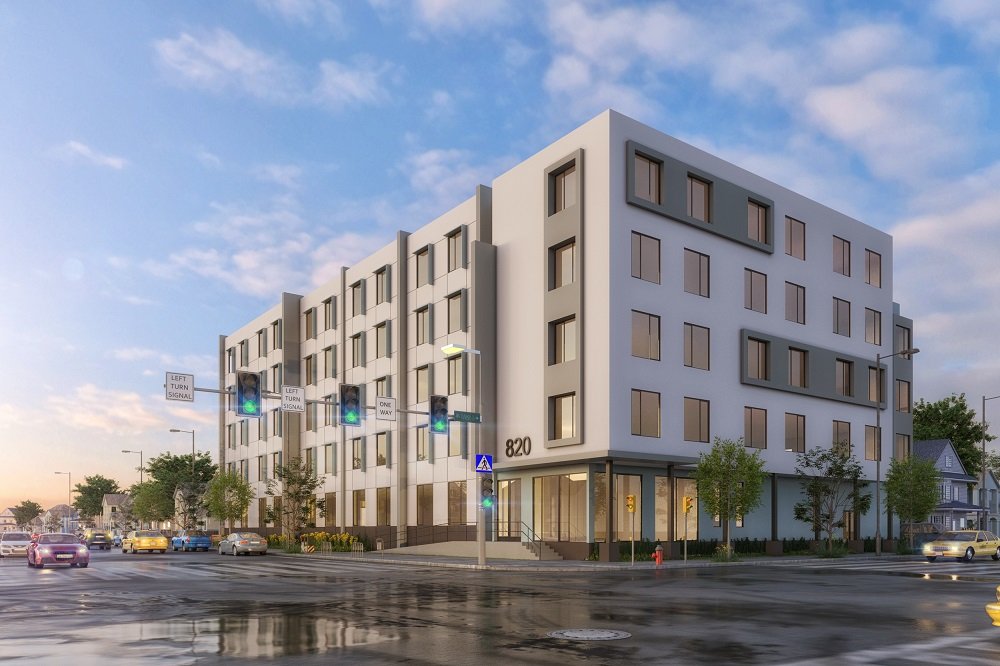Research
Understand the who, what, and why of urban workforce housing
The urban workforce consists of the nurses, food service workers, firefighters, and teachers who keep our cities healthy, fed, educated and safe. On a limited budget, this demographic has a hard time finding adequate housing in the high-cost metros they choose to call home. This leads to long commutes, crowded roommate arrangements, and drained bank accounts for a significant portion of the urban population.
Riaz Capital sees an opportunity to provide a market solution to serve this population: an emerging asset class known as urban workforce housing. By developing thoughtfully designed and well-located housing, our company is providing the urban workforce with affordable, private accommodations that enable an urban lifestyle. In this written series, we explore the market niche for urban workforce housing through explorations of demographic trends, what it takes to design comfortable small format living, the history of city planning, and more. Download the PDFs below to better understand this emerging asset class.

The urban workforce consists of the nurses, food service workers, firefighters, and teachers who keep our cities healthy, fed, educated and safe. On a limited budget, this demographic has a hard time finding adequate housing in the high-cost metros they choose to call home. This leads to long commutes, crowded roommate arrangements, and drained bank accounts for a significant portion of the urban population.
Riaz Capital sees an opportunity to provide a market solution to serve this population: an emerging asset class known as urban workforce housing. By developing thoughtfully designed and well-located housing, our company is providing the urban workforce with affordable, private accommodations that enable an urban lifestyle. In this written series, we explore the market niche for urban workforce housing through explorations of demographic trends, what it takes to design comfortable small format living, the history of city planning, and more. Download the PDFs below to better understand this emerging asset class.
Get an in-depth understanding of our business context. The background of Urban Workforce Housing, the gap this fills and the Riaz strategy in tackling it.

Article 1
Urban Workforce Housing: an Emerging Asset Class
Subheader
The fundamental demographics of the United States have changed dramatically since the middle of the 1950s, but housing production and typologies have not kept pace. There is a substantial market opportunity for housing a young, urban workforce by embracing a new asset class: urban workforce housing.
Article 2
The Need for Urban Workforce Housing
Subheader
California is amid a crippling housing crisis, with demand for housing in productive metros severely outstripping supply. Urban workforce housing can help meet the demand for middle-income housing – the least supplied form of new construction housing in Bay Area cities.
Article 3
Who Lives in Less than 400 SF?
Subheader
The urban workforce is generally young, single, and financially stable. This demographic’s urban lifestyle prioritizes location and affordability over space, creating demand for well-located, small-format housing in urban locales. Urban workforce housing provides the teachers, nurses, and EMTs that make up the urban workforce the private, quality housing they deserve.
Article 4
Designing the Micro-Living Experience
Subheader
Meticulous and thoughtful design is crucial to making small residences livable, comfortable and marketable. Riaz Capital’s micro-living strategy demonstrates how quality design creates a positive tenant experience that enhances residence marketability and enables the urban workforce’s preferred urban lifestyle.
Article 5
Guac is Extra: The City is Our Amenity
Subheader
A property’s location is its greatest physical amenity. By siting a property in a community rich in urban amenities such as food, entertainment, and transportation options, many on-site features such as game rooms, large outdoor spaces, and parking garages become redundant. By embracing the community around it, urban workforce housing can effectively reduce rental prices and increase tenant value.
Article 6
Technology, The Sharing Economy, and Ownership in Culture
Subheader
Cultural and economic shifts have liberated many from the burdens of ownership, with many urban professionals seeking the flexibility of renting rather than owning.Urban workforce housing is well-positioned to capitalize on this trend and provide housing as a full-service experience.
Article 7
How Planning for the Car Shaped Our Urban World
Subheader
American urban planning in the 20thcentury prioritized the car over the pedestrian experience, making walkable and transit-centered lifestyles less accessible. Policies stipulating that developers build expensive and often unnecessary parking into their projects helped halt the construction of unsubsidized affordable housing for decades. Decisionmakers today must learn from car-centric urbanism’s flaws to build walkable, equitable, and affordable cities.
